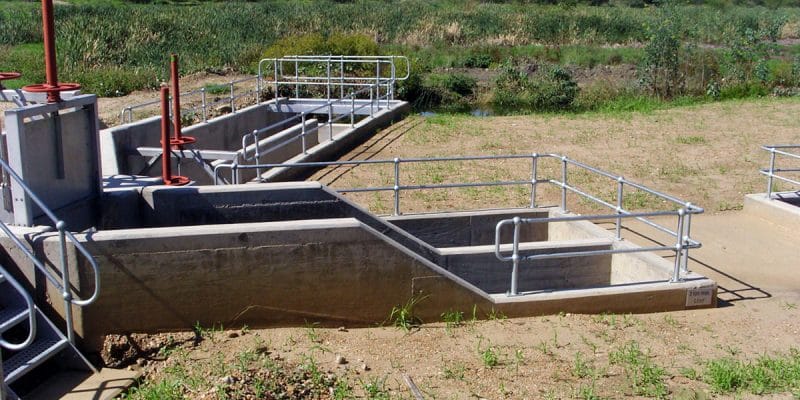Kreditanstalt für Wiederaufbau (KfW), the German development agency, is providing a grant of N$10.96 million (over US$795,000) to the municipality of Windhoek in Namibia. The funding is for the upgrading of the Gammams wastewater treatment plant.
The performance of the Gammams wastewater treatment plant in the municipality of Windhoek in Namibia could soon be improved. The local authorities are implementing a project to rehabilitate the plant. This will increase the wastewater collection rate to 50,000 m3 per day from the current rate of 32,000 to 38,000 m3. The plant is capable of treating 28,000 m3 of wastewater per day.
Read Also – Urban sanitation, a major challenge for sustainable cities in Africa
Kreditanstalt für Wiederaufbau (KfW), the German development agency, is pledging N$10.96 million (more than US$795,000) to the municipality of Windhoek for the implementation of the project, which will improve wastewater management in and around the Namibian capital. Windhoek will use the German bank’s grant for expert services to carry out the work at the Gammams wastewater treatment plant. Built in 1961, the plant is located near the Goreangab Dam near Windhoek. The dam has a reservoir capable of storing 3.6 million m3 of water. The renovation of the Gammams plant is part of the Securing Windhoek Water Supply II project.
Recycling wastewater into drinking water
The upgrading of the Gammams wastewater treatment plant includes the construction of new facilities in its catchment area. According to The Namibian, the plant converts the effluent into drinking water that is fed into the Namibian capital Windhoek’s water supply.
Read Also – AFRICA: THE REUSE OF TREATED WASTEWATER FOR DRINKING WATER
In Namibia, the municipality of Walvis Bay is also planning to recycle wastewater into drinking water to supply its population. Currently, Walvis Bay relies on two main sources for its water supply. These are the Kuiseb River, which is drying up due to the scarcity of rainfall and its overexploitation. The city also pumps water from the Omdel aquifer. Although the recycling of wastewater into drinking water is far from unanimous, the process has already proved its effectiveness in Windhoek, where it has been applied for 50 years.
Inès Magoum






